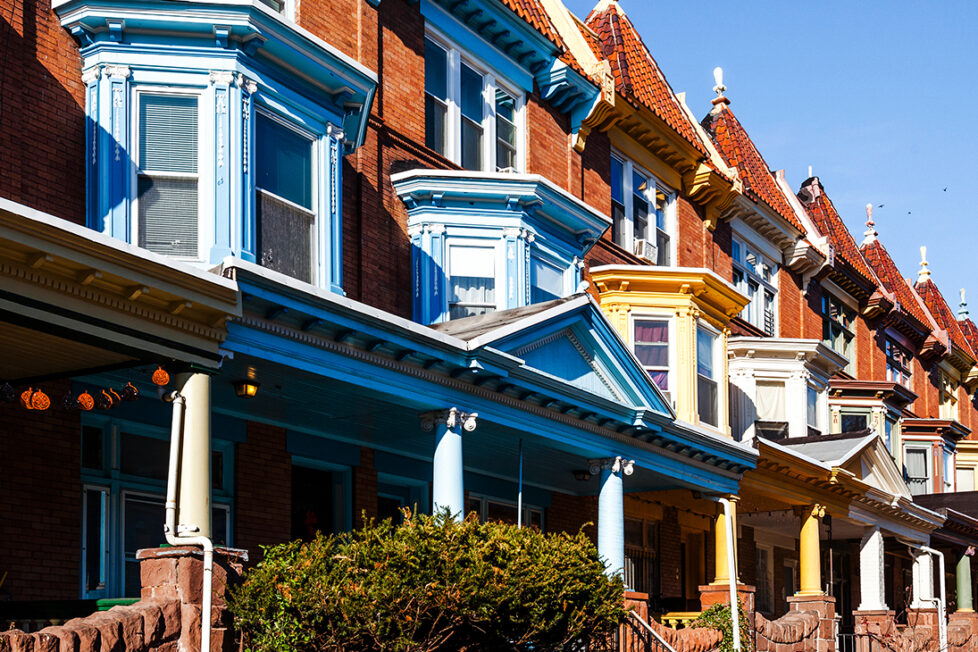Rising interest rates, and prices keep homeownership as a distant goal, especially for African Americans


By: Stacy M. Brown, NNPA
In the wake of escalating mortgage rates and soaring housing prices, the dream of homeownership in the United States is slipping further from the grasp of many Americans, particularly African Americans.
Recent reports from financial and real estate authorities reveal that prospective homebuyers, burdened by the growing costs of homes and borrowing at higher interest rates, face an increasingly challenging landscape.
Meanwhile, disparities in homeownership persist, disproportionately affecting minority communities, and access to mortgages remains an uphill battle.
According to Bankrate.com, the current average 30-year fixed mortgage interest rate stands at a staggering 8.01%, marking a 12-basis-point increase over the past week. Mortgage refinance rates are also rising, with the average 30-year fixed refinance interest rate reaching 8.09%, up by 4 basis points in the same period. The rising interest rates compound the difficulties those in search of a home loan face.
The surging home prices and escalating mortgage rates put immense financial strain on buyers, especially African Americans.
The National Association of Realtors (NAR) reported that, even as millions aim to purchase homes, the reality is starkly different from just a few years ago. In December 2020, 30-year fixed mortgage rates hit an all-time low of 2.68%, down significantly from 3.78% a year earlier. In tandem with the lower rates, housing prices skyrocketed.
The median sale price of a single-family home has now risen above $416,000 in the second quarter of 2023, up from less than $360,000 in late 2020. U.S. home price indexes have reached historic highs, surpassing the reach of many median-income households.
Lawrence Yun, the chief economist for the National Association of Realtors, noted that in late 2020, the monthly mortgage payment on a typical newly sold home was approximately $1,100 in principal and interest. Today, it has more than doubled, further exacerbating buyers’ challenges.
The NAR’s calculations indicate that a buyer now needs to earn $107,232 annually to afford a median-priced home, based on recent rates and a 20% down payment, allocating 25% of their gross monthly income to housing expenses.
This figure surpasses the real median household income of $74,580 in 2022, as the U.S. Census Bureau reported. Yun emphasizes that those who don’t earn six figures will face significant hurdles in affording a home in many markets.
The NAR’s monthly housing affordability index, which reflects the ability of a median-income individual to purchase a home above the median price, has plummeted from nearly 170 before the COVID-19 pandemic to a preliminary total of 91.7 in August, the lowest reading since October 1985.
These challenges in homeownership are hitting minority communities hard, with African Americans at the forefront of the struggle. The homeownership gap between Black Americans and other racial groups is widening, particularly compared to white households. While the overall homeownership rate in the U.S. has increased over the last decade, the Black homeownership rate has grown less than 1 percentage point, reaching 44% in 2021.
This falls significantly behind Hispanic Americans at 50.6%, Asian Americans at 62.8%, and White Americans at 72.7%.
NAR’s deputy chief economist and vice president of research, Jessica Lautz, underscores the disproportionate impact on Black buyers. Black homeowners allocate a more significant portion of their income to housing expenses, with 30% being cost-burdened.
This is followed by Hispanic Americans at 28%, Asian Americans at 26%, and White Americans at 21%. Over half of Black renters spend over 30% of their income on rent, with nearly 30% classified as severely cost-burdened, spending over 50% of their income on rent.
In contrast, 22% of White renters are severely cost-burdened.
These affordability challenges extend beyond the cost of homeownership. Black and Hispanic homebuyers also face higher denial rates for mortgage loans.
According to Home Mortgage Disclosure Act data, 20% of Black and 15% of Hispanic loan applicants were denied mortgages, compared to 11% of White and 10% of Asian applicants.
Black Americans were denied applications for nearly 17% of home purchase loans, 17% of refinancing loans, and a staggering 51% of home improvement loans.
“The data paints a stark picture of the American housing market, where the dream of homeownership has become increasingly unattainable, particularly for African Americans,” said Nathaniel Ogilvie, a District of Columbia real estate broker.
“We already have so many disparities that keep African Americans from affording homes, so addressing the housing affordability crisis and ensuring equitable access to mortgages is still a pressing issue that must be addressed nationally and must be addressed with Black Americans in mind.”
